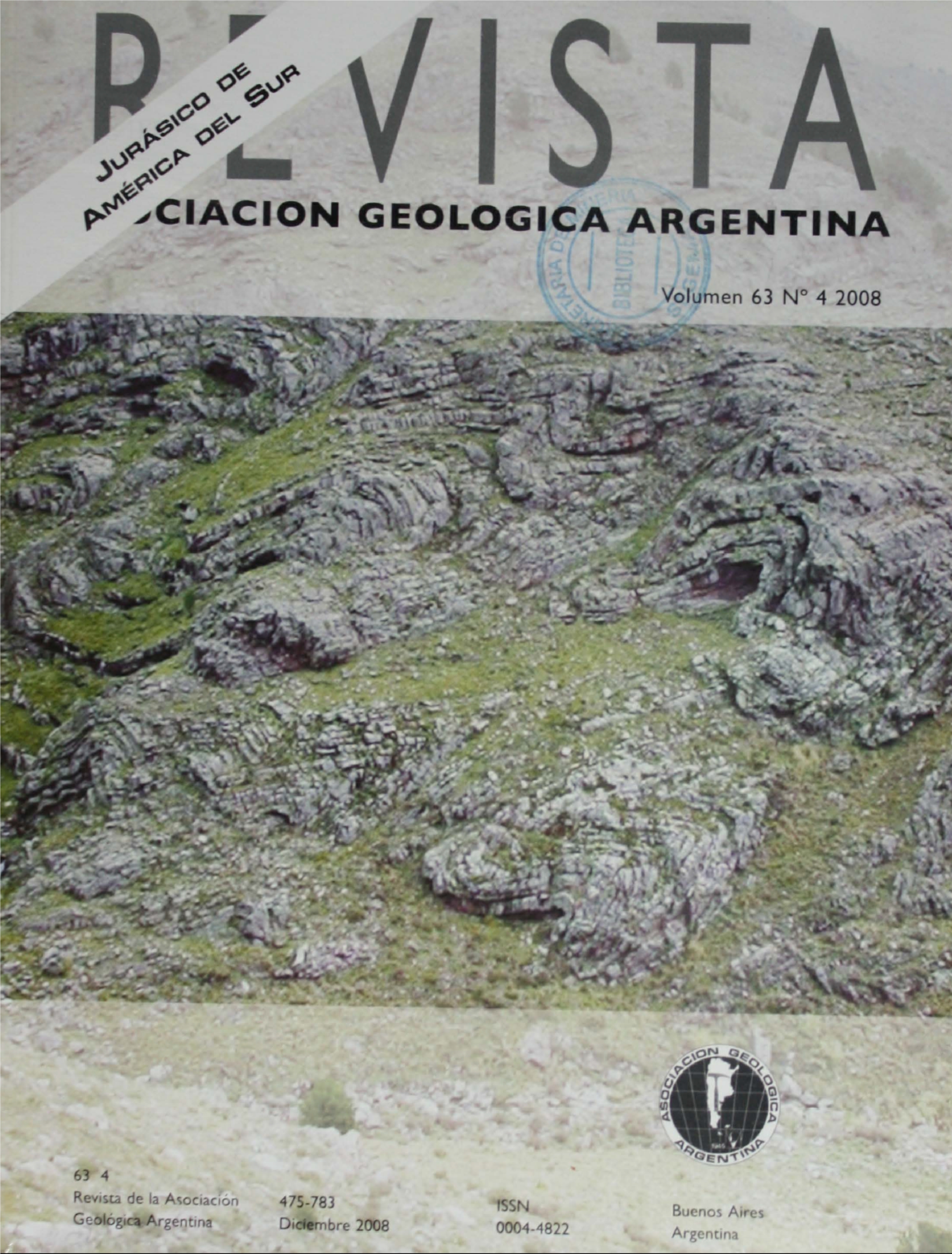Triassic - Early Jurassic successions of the Atuel depocenter: sequence stratigraphy and tectonic controls
Main Article Content
Abstract
Biostratigraphic correlations of the Late Triassic - Early Jurassic successions of the Atuel depocenter allowed determining the accommodation changes and the possible tectonic controls on sedimentation. The Rhaetian - late Early Sinemurian deposits contain facies of slope-type fan deltas, braided fluvial systems and low sinuosity rivers with alternate bars deposited during a synrift phase. The late Early Sinemurian - Toarcian series host facies of intermediate (Gilbert to shelf) type fan deltas, braided and low sinuosity fluvial systems, wave-dominated estuaries, transgressive storm-dominated and turbidite-influenced marine shelves which record the sag phase. According to different criteria two stratigraphic schemes are proposed, the first one considering tectosedimentary units (TSU) and the second one using "Exxon-like" sequences. In the first scheme the synrift TSU matches the actual Precuyo Mesosequence and the sag TSU is partly equivalent to the Cuyo Mesosequence, mainly keeping the current mesosequence scheme for the Neuquén basin but assigning the fandeltaic deposits to the Precuyo Mesosequence. The second sequence scheme considers the whole Late Triassic - Early Jurassic succession as a part of the Cuyo Mesosequence, where the synrift deposits composes the detached lowstand system tract (LST) and most of the sag deposits makes the transgressive system tract (TST). The basal sequence boundary does not crop out, the flooding surface at the TST base and the maximum flooding surface at the TST top are respectively marked by the lowest estuarine levels and by black shales with suboxic-compatible bivalves (Bositra sp.).
Article Details

This work is licensed under a Creative Commons Attribution-NonCommercial 4.0 International License.
Nota de copyright
Los autores conservan los derechos de autor y garantizan a la revista el derecho de ser la primera publicación del trabajo licenciado según una licencia de atribución Creative Commons que permite a otros compartir el trabajo con el reconocimiento de la autoría y de la publicación en la que se publicó por primera vez.
Declaración de privacidad
Los nombres y direcciones de correo electrónico introducidos en esta revista se usarán exclusivamente para los fines declarados por esta revista y no estarán disponibles para ningún otro propósito u otra persona.

